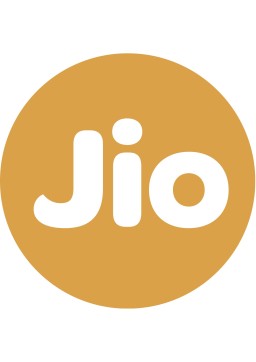
Introduction
Reliance Jio is a game changer for India and its path towards a digital society. I have been part of this fascinating endeavor for a couple of years together with many extraordinary colleagues from India and all over the world. Success and impact had been doubted by many during the startup phase. However, by now it is obvious for all and highly appreciated by many, how impactful Jio is for the Indian market, its customers and the digital development of the society. Thus, it is time to share some lessons learned – so that you can also be as impactful as Jio in your respective area.
Impact onto India
Before I do so, let’s have a look at the key facts of Jio’s achievements and the impact on the Indian market and society:

- Record customer acquisition of 100 mn. new customers within 170 days after launch
- Market disruption by offering activation times of 15 minutes and less compared to 24-48hrs as existing market practice
- Enabling the largest part of the Indian population to participate at the Internet via mobile data.
- Generating and transporting a monthly mobile data usage of more than 1.000 PB per months, pushing India to Number 1 in the world
- Providing a digital ecosystem for the whole of India
All that is a truly transformative endeavor. How was this possible in an industry, which is complaining about their financial situation, where their customers are complaining about bad service and high prices?
Lessons learned
I will share some of my lessons learned through three consecutive posts, each one focusing on one specific aspect (click on each one of them to get there):
Part I – “Soft” factors as the truly “hard” drivers for success
Part II – Technology, Architecture and how to engage partners
Part III – Agility and Innovation – in all what you do
These posts describe the key learnings from building one of the largest digital start-ups in the world from scratch. Unlike purely software-based start-ups, this one also includes a physical data network infrastructure for the whole of India. Thus, it is particularly relevant, but not restricted, for communications service providers or other companies deploying physical assets. It offers new ideas and concepts for companies going through (digital) transformations, regardless in which state those companies are (strategizing, planning, implementing, re-assessing).
© Roehn Management Consulting GmbH
